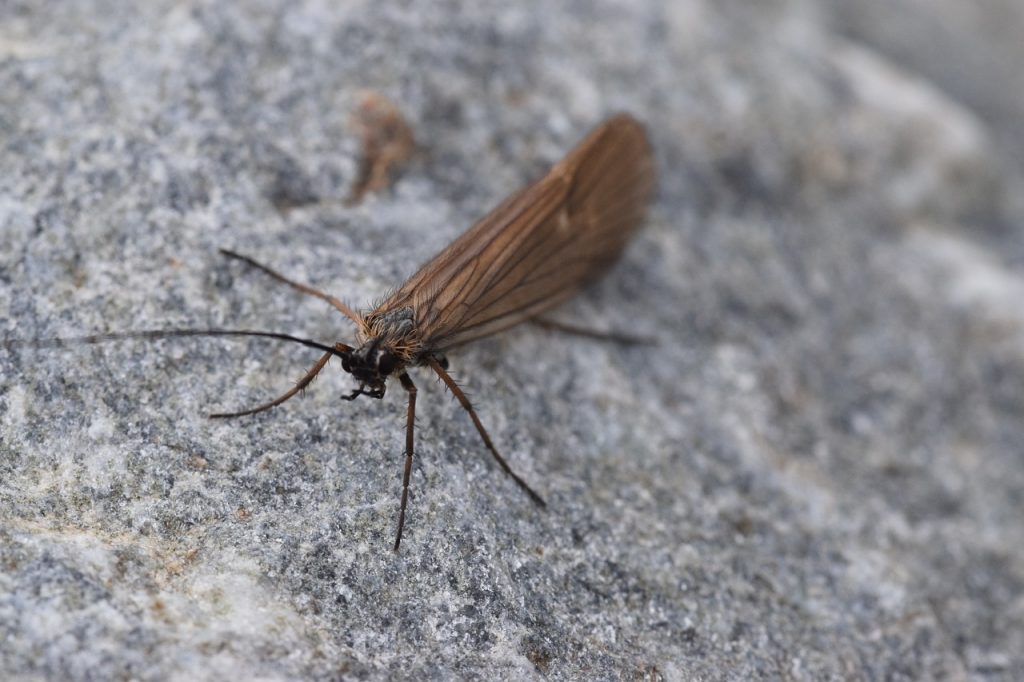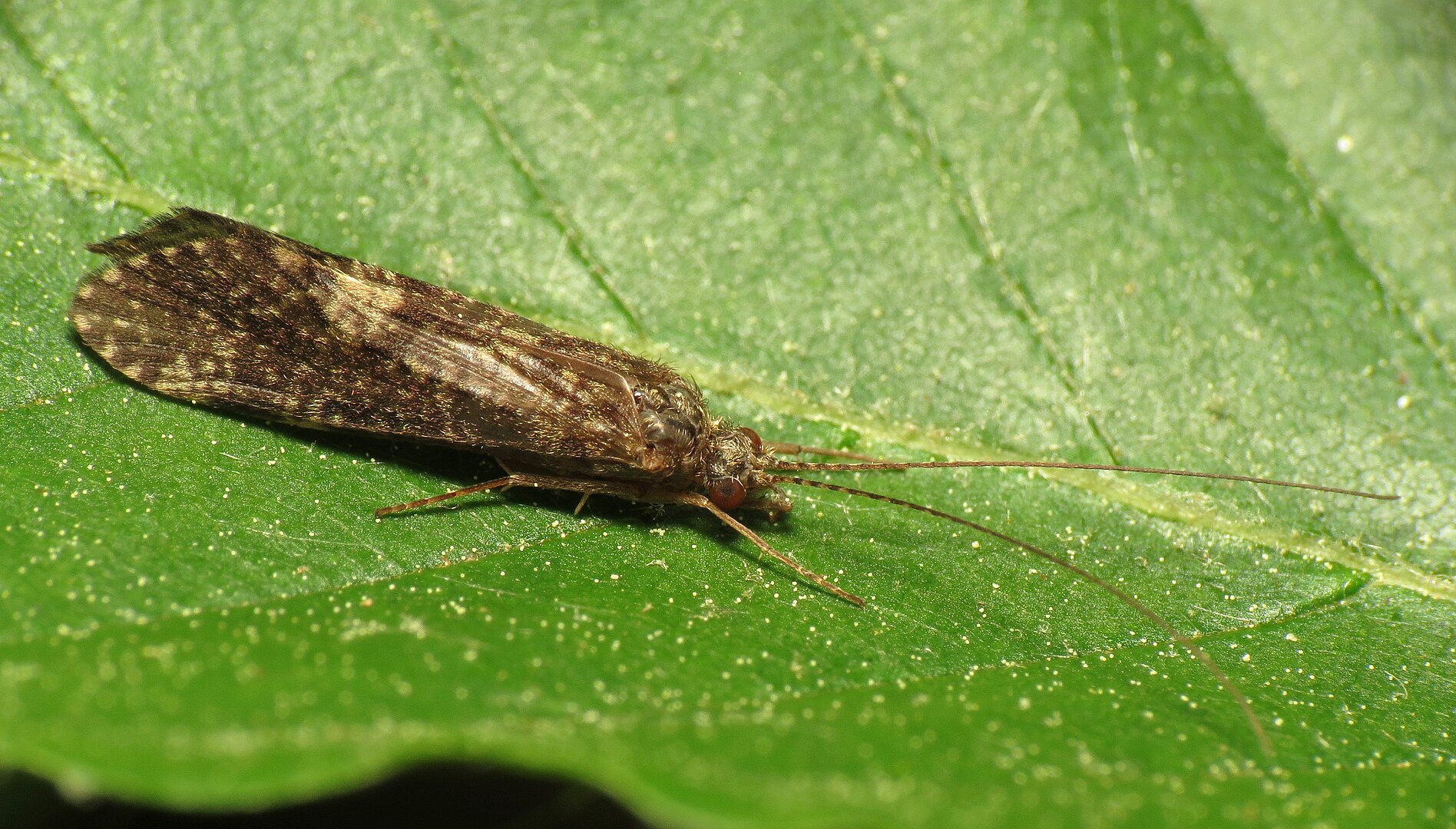Caddisflies, often mistaken for moths due to their fluttery appearance, are intriguing aquatic insects that play vital roles in freshwater habitats. While typically, they aren’t a direct concern for homeowners, understanding these creatures can provide insight into the health and vitality of local water sources. Mint Pest Control is here to provide an in-depth look into the world of caddisflies.
Save 50% on Your First Treatment
Contact Us Today to Claim Your Savings - Limited Time Only
For a Faster Quote
Call (888) 739-9099


